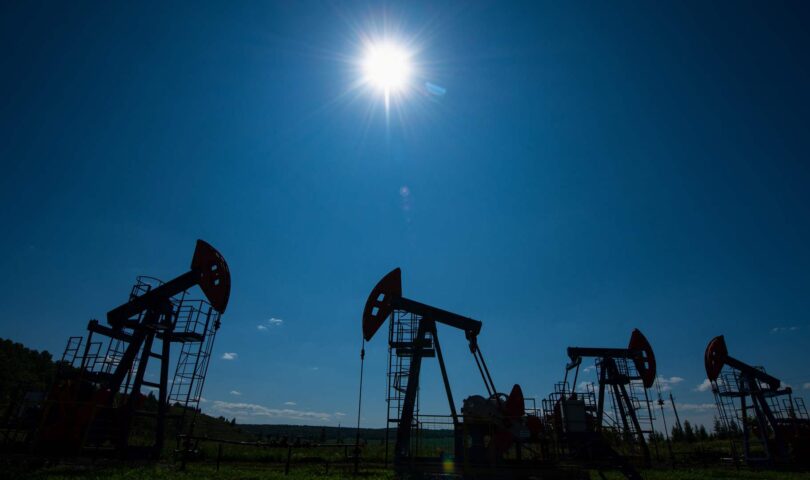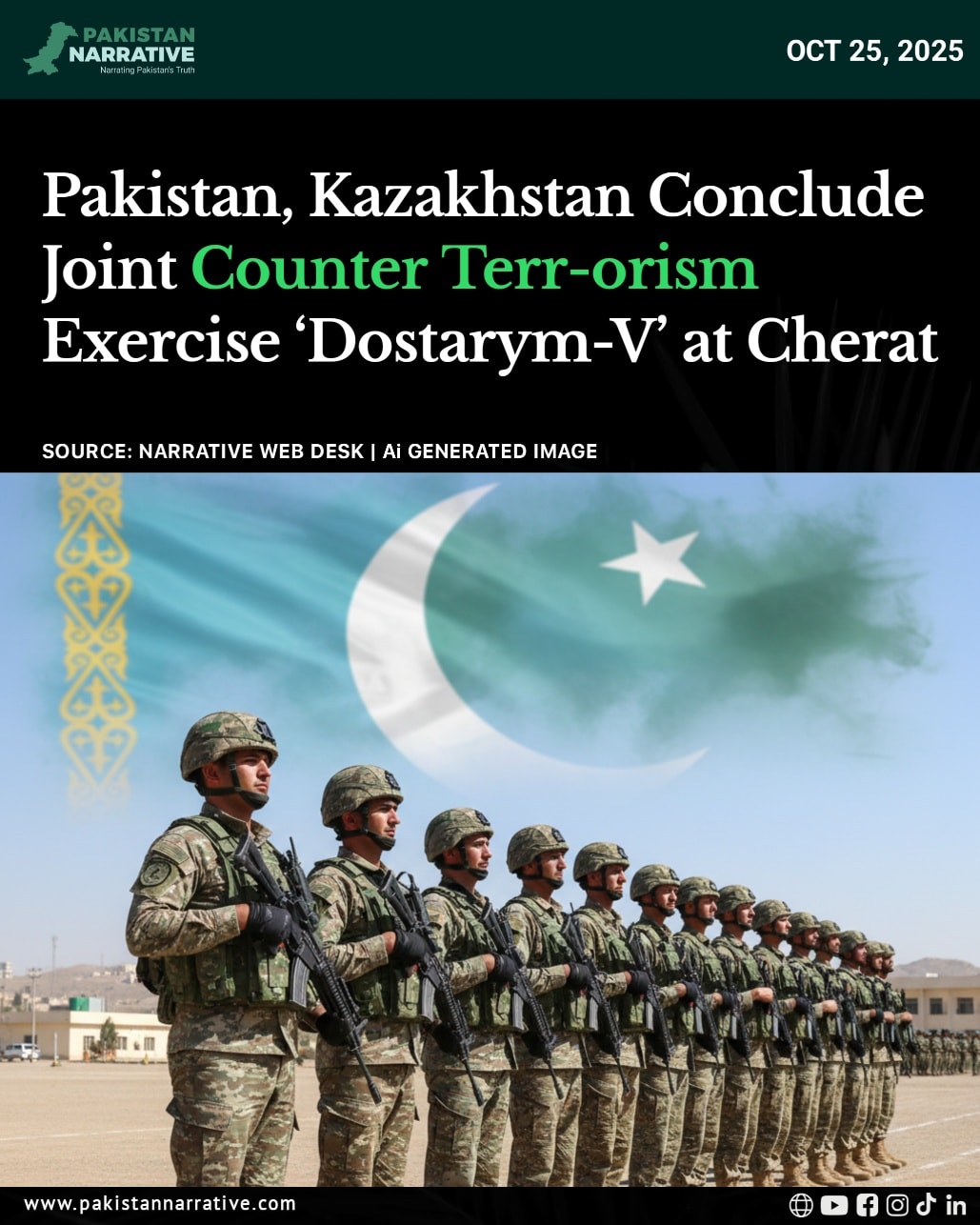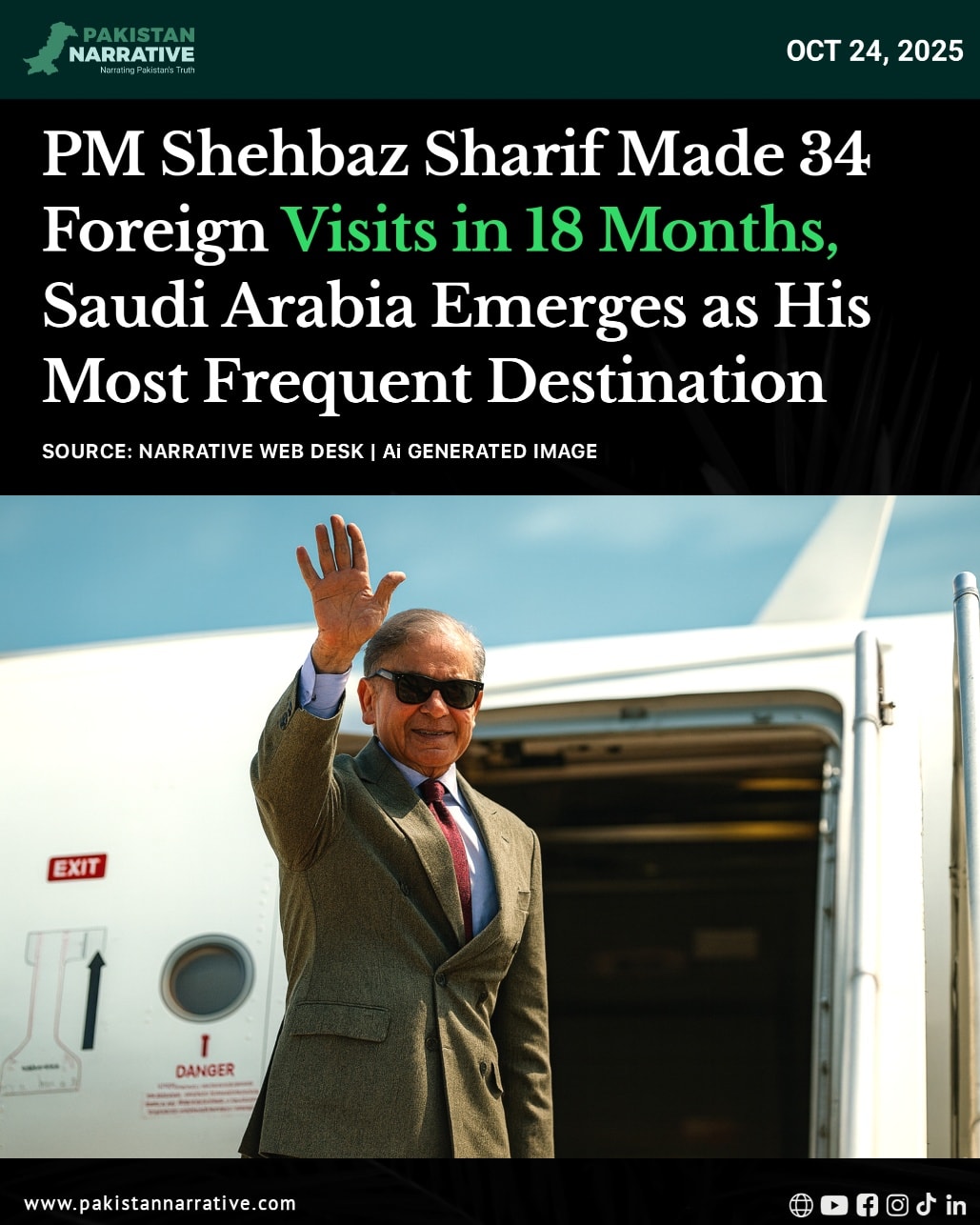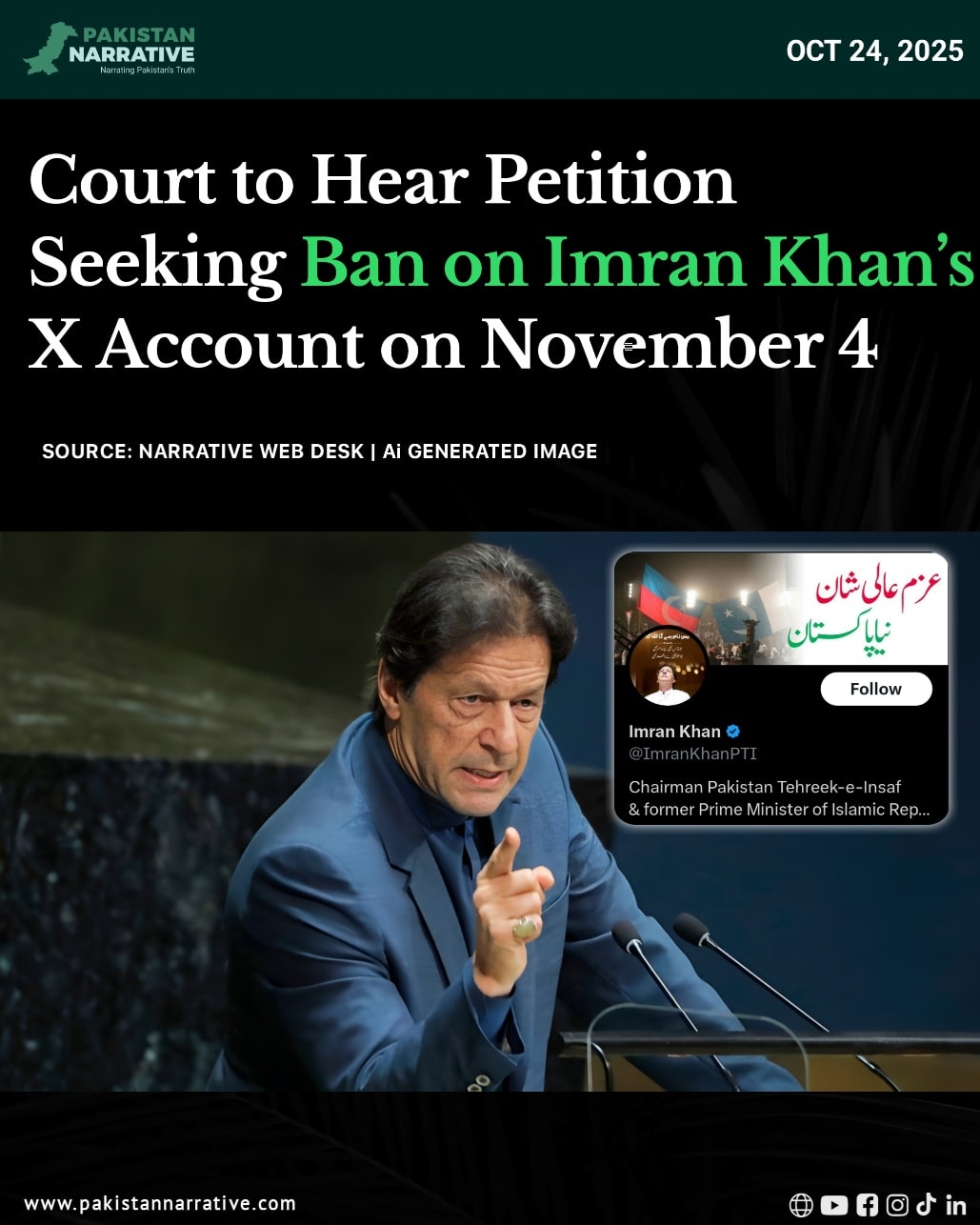Islamabad: India has reportedly reduced its oil imports from Russia by around 50 percent following recent discussions with U.S. officials. The move marks a potentially significant shift in New Delhi’s energy policy. However, U.S. sources say the change has not yet appeared in official trade figures.
A White House official said the decline in imports is likely to become visible in data for December or January, since many Indian refiners had already placed orders in November that included some December delivery slots. Earlier, U.S. President Donald Trump claimed that Indian Prime Minister Narendra Modi had personally called him to announce India’s decision to stop buying oil from Russia.
Randhir Jaiswal, spokesperson for India’s Ministry of External Affairs, denied any knowledge of such a phone call. At a weekly media briefing, he said he was “unaware of any discussion” between Modi and Trump, and noted that discussions between India and the U.S. on energy cooperation remain ongoing. He did not confirm Trump’s assertion that India would halt its Russian oil imports.
Observers point to Trump’s broader strategy of using trade policy as leverage in regional diplomacy. In July 2025, Trump warned that he might impose higher U.S. tariffs on Indian goods if New Delhi did not align with certain U.S. energy and trade objectives.
“We have to be careful,” Trump told reporters. “India could see a 25 percent penalty tariff … on its goods arriving in the United States.” (Reuters)
This approach fits a pattern analysts describe as a carrot-and-stick policy in South Asia, combining threats of punitive tariffs with selective engagement. For instance, Trump’s administration pursued a trade agreement with Pakistan, which strategists view as a balancing move designed to influence India’s positioning. (Reuters)
Some commentators interpret the India-Pakistan diplomacy as following Trump’s narrative: he claimed once that he used the threat of a 200% tariff to help bring a ceasefire during a flare-up between the two nations. (mint) Whether those claims reflect actual diplomatic influence is debated, but they illustrate how trade tools are woven into foreign policy messaging.
India, one of the world’s largest energy importers, has leaned heavily on cheap Russian crude in recent years. Reducing that dependence could realign its energy relationships and strategic alliances. But such a change also risks disrupting domestic energy stability.
The diplomatic tensions and tariff threats underscore a broader balancing act. India must weigh economic autonomy, energy security, and international pressure. Washington, for its part, is signaling that trade and energy policy are intertwined with its global strategic priorities.





